Movie Review – Mowgli: Legend of The Jungle
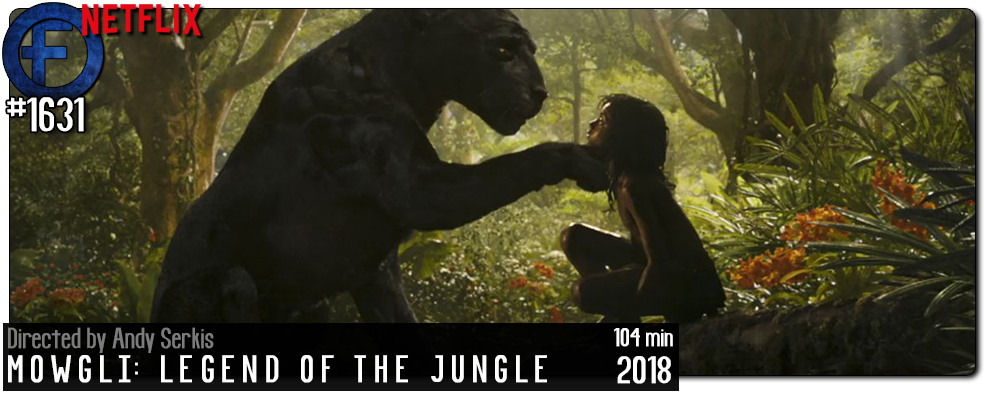
Principal Cast : Rohan Chand, Andy Serkis, Benedict Cumberbatch, Christian Bale, Cate Blanchett, Freida Pinto, Naomie Harris, Peter Mullan, Eddie Marsan, Jack Reynor.
Synopsis: A human child raised by wolves, must face off against a menacing tiger named Shere Khan, as well as his own origins.
********
Poor Andy Serkis. The man has journeyed from little-known actor to all-round king of motion-capture technology and now modern-day industry titan and his sophomore directorial effort, yet another adaptation of Rudyard Kipling’s “The Jungle Book”, was blithely sold off by original producing studio Warner Bros Pictures to fledgling power-player Netflix, a statement of the larger studio’s lack of belief in the CG-heavy project. Serkis’ Mowgli, a darker, far more adult-themed version of the story, was to compete with Disney’s equally CG-heavy version, The Jungle Book, which arrived in 2016 and was hugely praised by critics and audiences alike. Whether audiences were prepared to venture into the jungle so soon again was a risk Warners weren’t prepared to take, and Netflix acquired the film mid-2018 with little fanfare and an almost resigned shoulder-shrug from an industry bursting with varied controversies. Where Disney and Jon Favreau struck paydirt in rebooting the animated classic for modern eyes, would Serkis’ seemingly more mature version strike a chord with streaming audiences? Is Mowgli: Legend Of The Jungle (a title striving a tad too hard to be “epic”) a film equal to or better than The Jungle Book, or is it (hopefully) a film that stands by itself as an alternate, but no less excellent, telling of the classic tale?
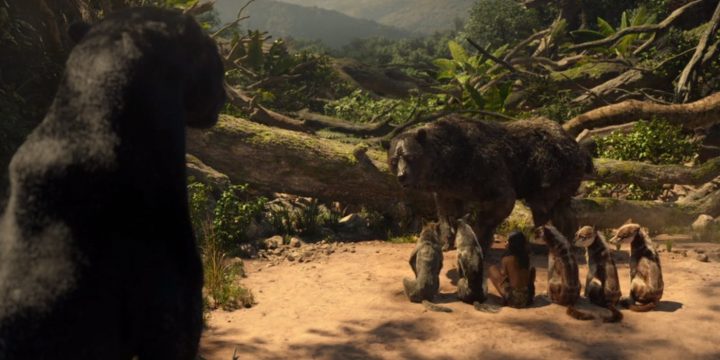
In the jungles of India, a young infant, Mowgli, is orphaned after his parents are attacked and killed by crippled Bengal tiger Shere Kahn (voice of Benedict Cumberbatch). Raised by wolves, led by Akela (Peter Mullan) and Nisha (Naomie Harris), and trained in the jungle ways by bear Baloo (Andy Serkis) and black panther Bahgeera (Christian Bale), young Mowgli (Rohan Chand) must survive the often dangerous environment, constant fear of Shere Kahn and his hyena accomplice Tabaqui (Tom Hollander), and the lure of Man’s approach into the wilderness.
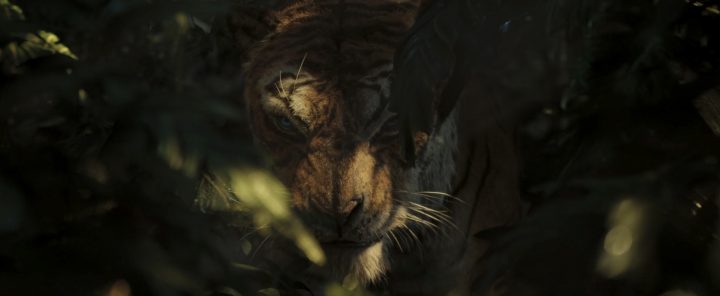
Mowgli: Legend of The Jungle doesn’t want for star power, pulling in a gaggle of A-list talent in front of (and behind) the camera. Notable voices Christian Bale, Tom Hollander, Eddie Marsan and Jack Reynor are nigh unrecognisable in their motion-captured all-CG performances here, and you’d be forgiven for not quite picking Serkis’ solemnified vocal talent as a key central character. Cate Blanchett cannot hide her specific twang for the role of Kaa, the magnificent python who lures Mowgli into the snare, nor Benedict Cumberbatch as the terrifying Shere Kahn in a style vaguely reminiscent of his work as Smaug. The film surrounds relative newcomer Rohan Chand as Mowgli with all the dazzling artistry it can muster; this is a good thing for us all, since Chand’s performance is intended to anchor the film and if he is unable to crack the character then the whole film falls apart. It’s a likeable enough ensemble to work with, and for the most part everyone hits their marks and offers commendable work within the context of Kipling’s complex themes.
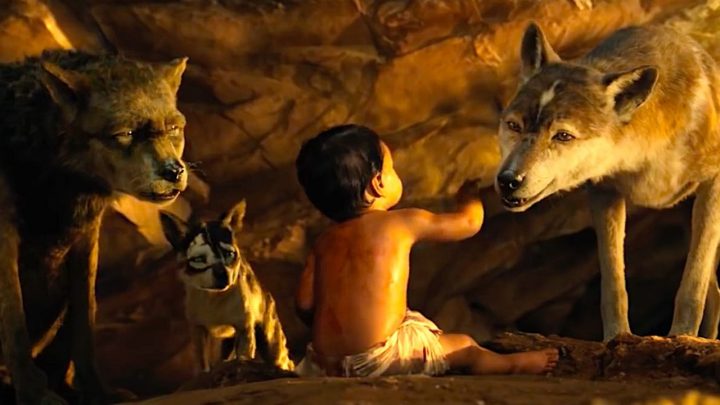
In terms of its technical perspicuity, Mowgli’s adventures feel less piecemeal than in previous outings, with Serkis – together with screenwriter Callie Kloves, daughter of producer Steve Kloves (best known for writing almost all of the Harry Potter films) – flattening out the largely sporadic story points into a well-paced, meaningful narrative that flows. That doesn’t mean the film works on all fronts; I often found the motivation of Mowgli’s angst, his sense of isolation and the dichotomy of being a human in an animal kingdom, frustratingly opaque. The film seems more attuned to showcasing its impressive visuals while lacking a complexity of narrative to weave within them, and as much as Chand’s performance generally works he’s unable to flesh out the subtle nuances of his character. Kloves’ screenplay tackles the abandonment and disenfranchisement of Mowgli with uneven willingness, tacitly examining his humanity at the expense of making him an inviting character. At one point I kinda wanted the bear or the panther to just eat him and end it all, while at others Mowgli’s innocence and playful exuberance made me smile wide.
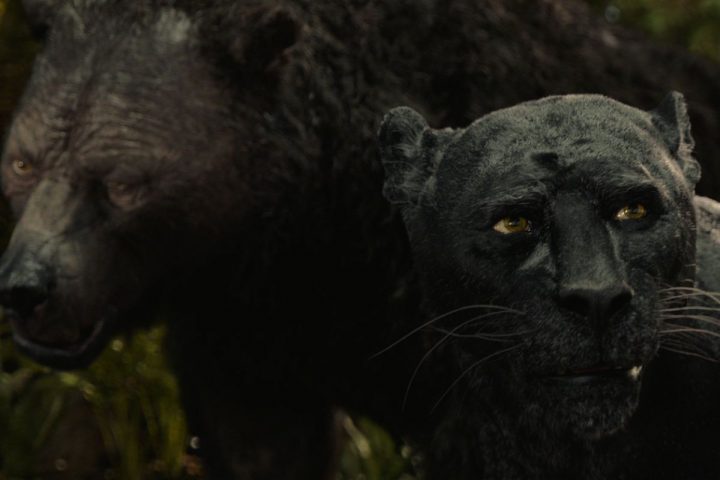
I admit to never being as big a fan of Kipling’s yarns as many others, and I often find these versions of the Jungle Book a tad wearisome (a little like Shakespeare, to my mind) yet I can see why the story lures in filmmakers year in, year out. Serkis and his team of creatives had to work hard to not just differentiate the film visually from Favreau’s far brighter version, but also mix in darker themes to go along with the more realistic animated take on these classic characters. The world of Legend Of The Jungle is worn, beaten down and omnipresent in its brutality. There’s no quarter given for just how scarred and beaten the animals within it are, from the tiny albino wolf cub (Louis Ashborne Serkis) to the giant elephants and snakes and monkeys surrounding the wolf pack within the junglescape. This is a lived-in world, with even Mowgli having multiple scars bearing unseen journeys in his still young life. I think the attention to visual details in the film is splendid, and the cinematography (by Michael Seresin – War For The Planet of The Apes) is a showstopping element of the whole production. The film looks great, and for the most part the effects work is superb (there are a couple of wonky moments, but not enough to detract from the otherwise sublime special effects).
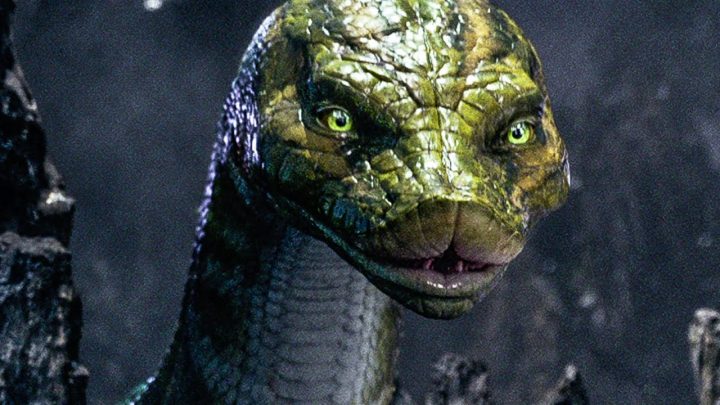
However, and this is a big however, the film has a disconnect with the audience I couldn’t overlook. In striving for its adult-ness, Mowgli takes away a lot of the fun of Kipling’s stories, effectively going all DCEU on the famous tales in grounding them with grit and bile amidst BBC nature documentary-esque beauty. There’s a sense of soullessness here, a disparity between the pixels and the potency of prose, an empty vessel of emotional absence that enthrals in moments but often remains inert when it should soar. It’s a film too dark for young kids, and not quite dark enough or engrossing enough for intelligent adults, mired in that awful middle-ground of style and technical wizardry over significant substance. Serkis’ direction appears at times to mimic the great Peter Jackson, obviously a man whom Serkis admires given their working relationship since The Lord Of The Rings, with the flowery action sequences and lengthy pregnant pauses to show off the visual effects being hallmarks of the acclaimed New Zealand director. This is less a criticism than an observation, although were Serkis able to bring his own uniqueness to the story, rather than simply borrow Jackson’s visual template (a brief brawl between Baloo and Bagheera early on made me reflexively think of Jackson’s work on his own monkey movie, King Kong, between Kong and the trio of T-Rex he fought to keep Ann Darrow safe) it might be less obvious. Still, if you’re borrowing techniques and camera styles from anyone, you could do a lot worse than Peter Jackson.
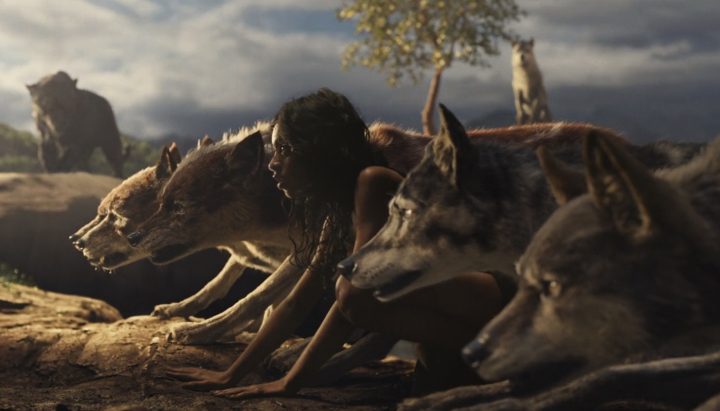
Mowgli: Legend Of The Jungle isn’t as legendary as Warner Bros and Netflix might have hoped. It’s a technically beautiful film, well executed and absolutely chock-full of artistry, magnificent CG, exquisite nature settings and character design work. Despite this lavish backdrop, the characters are entirely superficial, lacking depth and containing a confusing muddle of insipid motivations, none of which really bear juicy fruit. And given we are meant to attach to them in some meaningful way, the fact that we can’t makes all the glorious artifice a total waste. Mowgli’s second major feature in less than two years is competently made yet totally unrewarding, a valiant misfire that mangles its humanity within the ragged claws and hooves and tendrils of its jungle-bound adventure.

